
下载亿题库APP
联系电话:400-660-1360

下载亿题库APP
联系电话:400-660-1360

请谨慎保管和记忆你的密码,以免泄露和丢失

请谨慎保管和记忆你的密码,以免泄露和丢失

小伙伴们,公共英语考试大家复习的怎么样了呢?下面是帮考网分享的一些公共英语考试五级部分的复习资料,一起来看看吧!
公共英语五级考试阅读练习题:
8小题>
Ralf Britz felt great when he discovered the ______.
9小题>
It usually takes researchers ______ to figure out what they have found in one- day time.
10小题>
The 70 million specimens kept in the Natural History Museum could serve as ______ for scientists to study the animal world.
11小题>
Archie, the star giant squid, still stays on the top of ______.
12小题>
The 4ft fish which was discovered in 1938 attracted ______.
第 2 题:Reading Comprehension(子母填空):
Quantum World
If successful scientific theories can be thought of as cures for stubborn problems, quantum physics was the wonder drug of the 20th century. It successfully explained phenomena such as radioactivity and antimatter, and no other theory can match its description of how light and particles behave on small scales.
But it can also be mind-bending. Quantum objects can exist in multiple states and places at the same time, requiring a mastery of statistics to describe them. Rife with uncertainty and riddled with paradoxes, the theory has been criticised for casting doubt on the notion of an objective reality -- a concept many physicists, including Albert Einstein, have found hard to swallow.
Today, scientists are grappling with these philosophical conundrums, trying to harness quantum\'s bizarre properties to advance technology, and struggling to weave quantum physics and general relativity into a seamless theory of quantum gravity.
The birth of an idea
Quantum theory began to take shape in the early 20th century, when classical ideas failed to explain some observations. Previous theories allowed atoms to vibrate at any frequency, leading to incorrect predictions that they could radiate infinite amounts of energy -- a problem known as the ultraviolet catastrophe.
In 1900, Max Planck solved this problem by assuming atoms can vibrate only at specific, or quantised, frequencies. Then, in 1905, Einstein cracked the mystery of the photoelectric effect, whereby light falling on metal releases electrons of specific energies. The existing theory of light as waves failed to explain the effect, but Einstein provided a neat solution by suggesting light came in discrete packages of energy called photons -- a brain wave that won him the Nobel Prize for Physics in 1921.
Quantum weirdness
In fact, light\'s chameleon -- like ability to behave as either a particle or a wave, depending on the experimental setup, has long stymied scientists. Danish physicist Niels Bohr explained this wave-particle duality by doing away with the concept of a reality separate from one\'s observations. In his "Copenhagen interpretation", Bohr argued that the very act of measurement affects what we observe.
好了,以上就是今天分享的全部内容了,各位小伙伴根据自己的情况进行查阅,希望本文对各位有所帮助,预祝各位取得满意的成绩,如需了解更多相关内容,请关注帮考网!
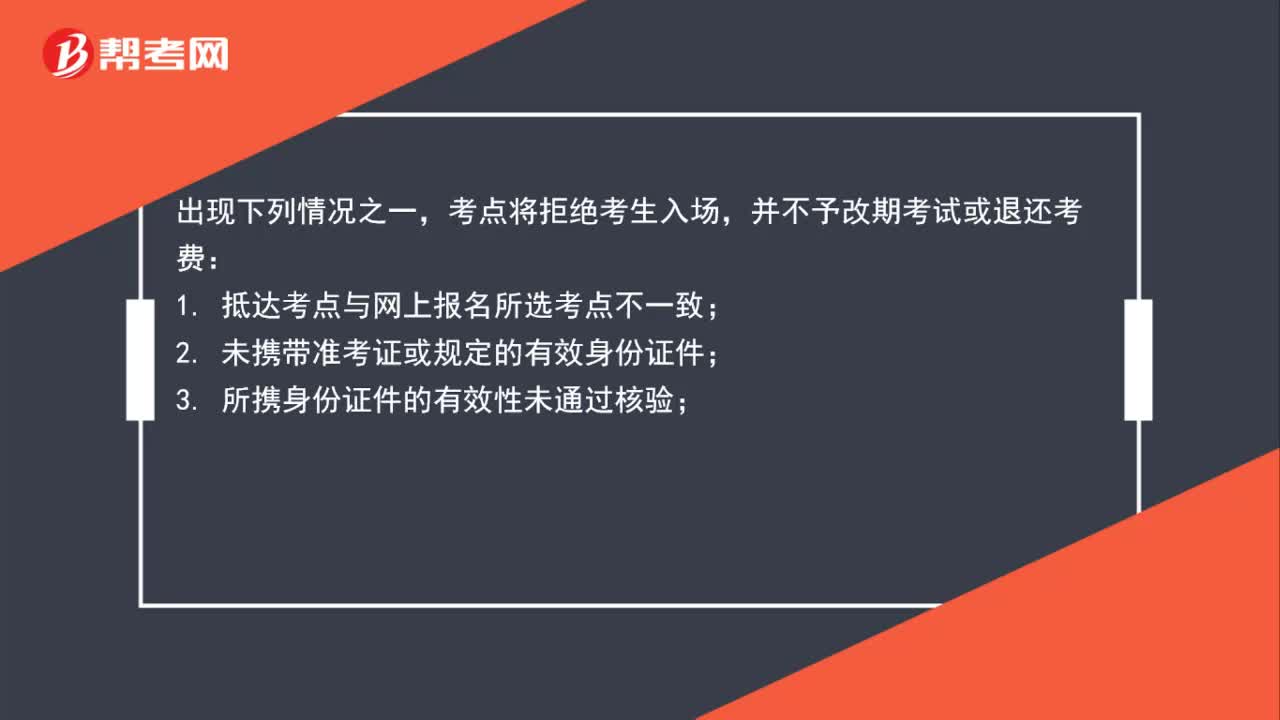 79
79为什么商务英语考试中有的考生不允许入场?:为什么商务英语考试中有的考生不允许入场?考点将拒绝考生入场,并不予改期考试或退还考费:1. 抵达考点与网上报名所选考点不一致;2. 未携带准考证或规定的有效身份证件;3. 所携身份证件的有效性未通过核验;4. 身份证件类型和号码与所持准考证显示信息不符;5. 身份证件相片与本人明显不符;6. 未按准考证规定时间到达考场;7. 不服从监考人员的管理,扰乱考场秩序。
 21
21需要具备怎样的基础才能备考商务英语BEC中级?:商务英语中级需要有大学英语四级到六级的水平。
 30
30学习商务英语BEC初级需要具备怎样的基础?:学习商务英语BEC初级需要具备怎样的基础?根据BEC考试大纲的要求,学习BEC初级需要有公共英语四级的水平。
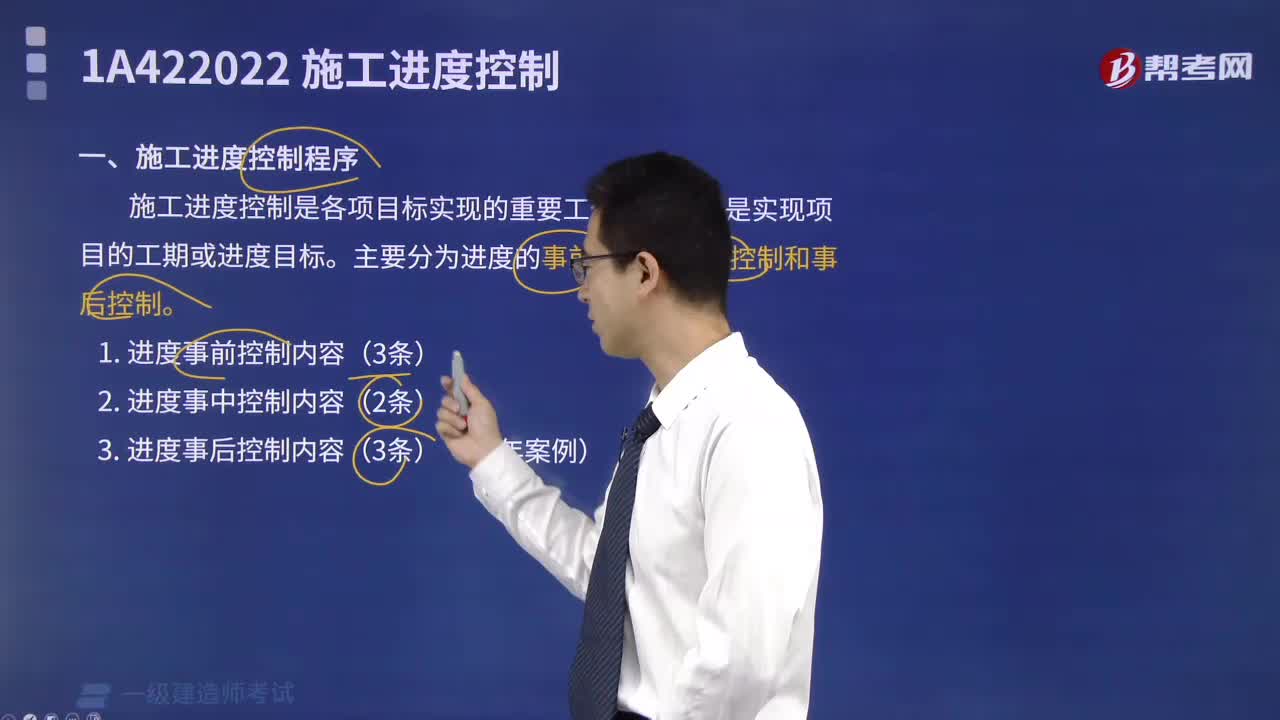 02:03
02:032022-04-08
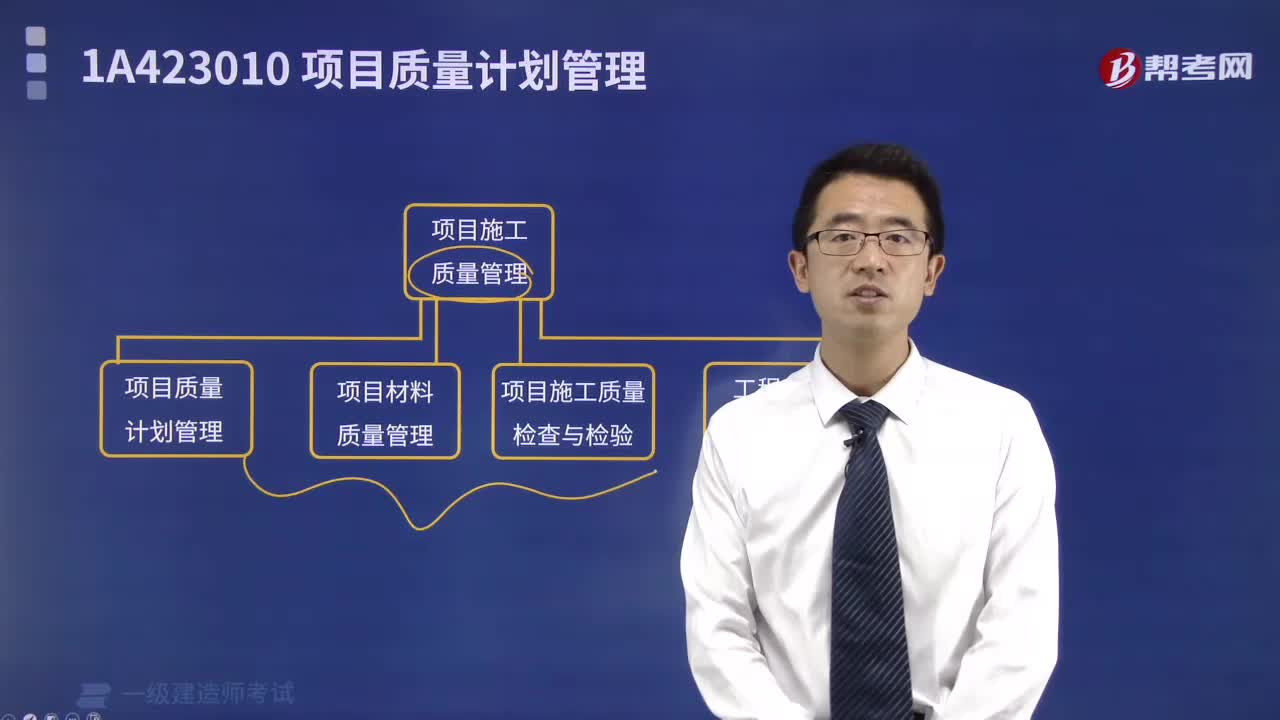 02:40
02:402022-04-08
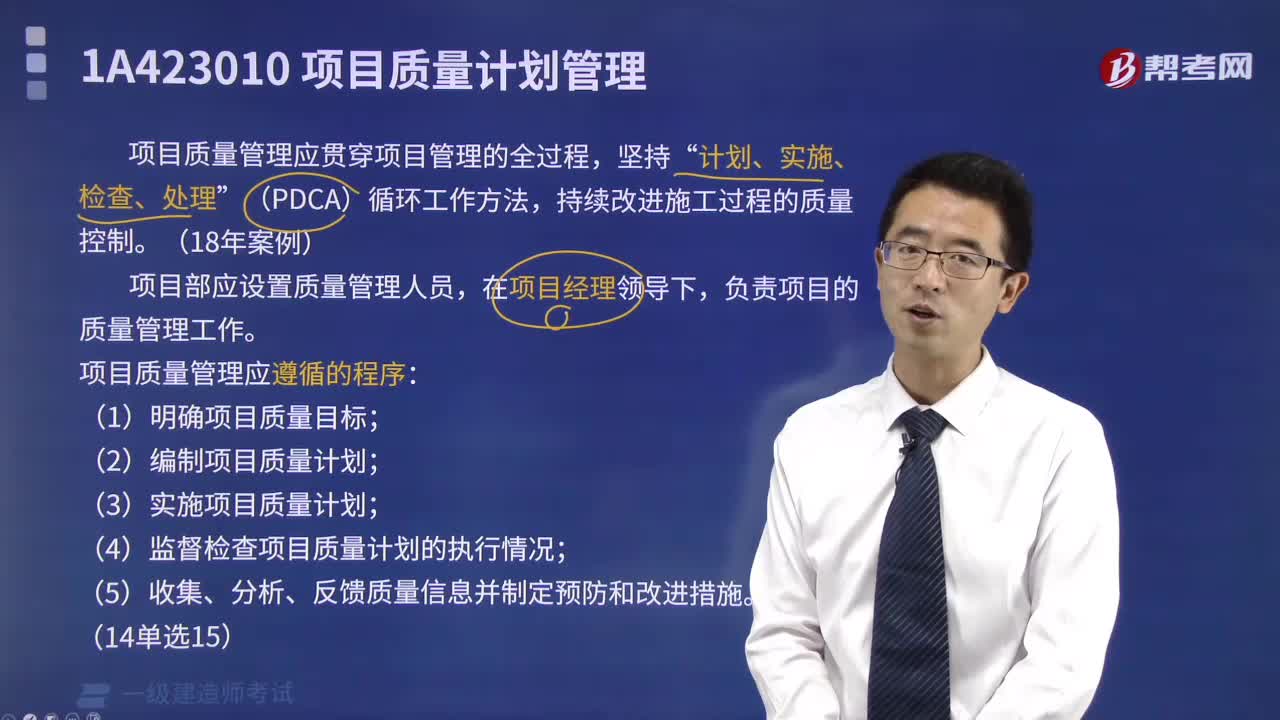 01:25
01:252022-04-08
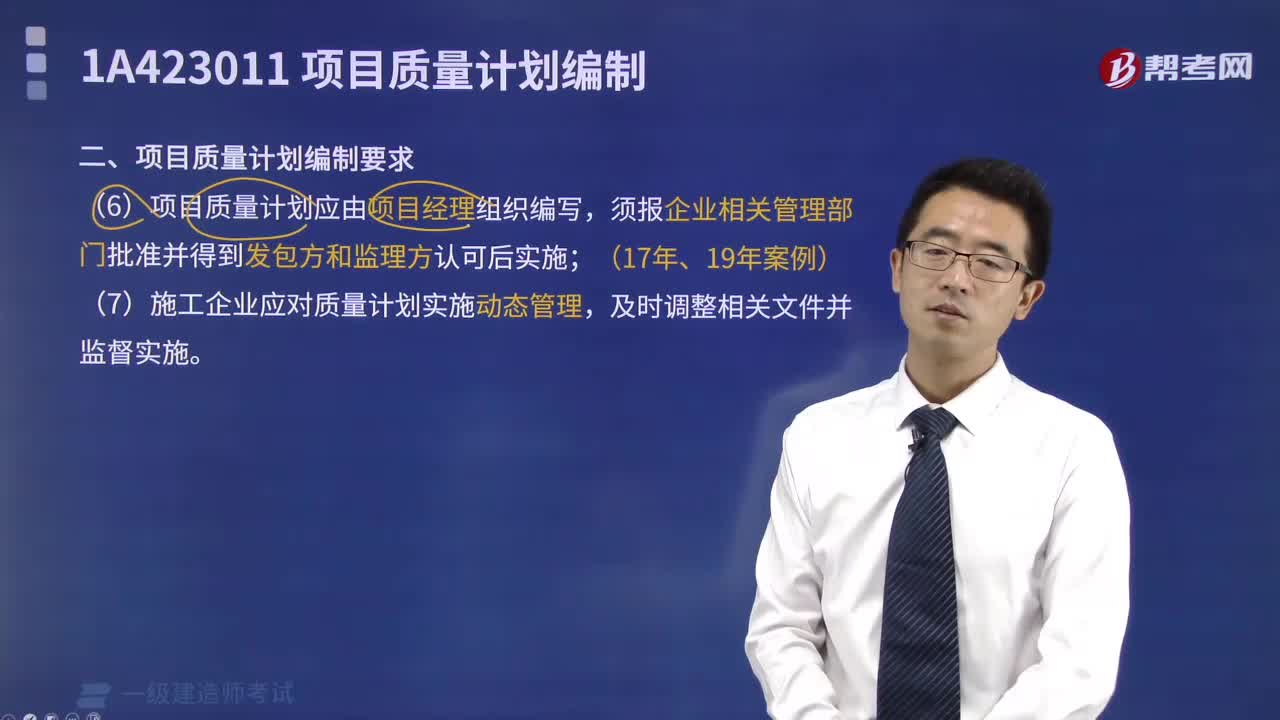 04:24
04:242022-04-08
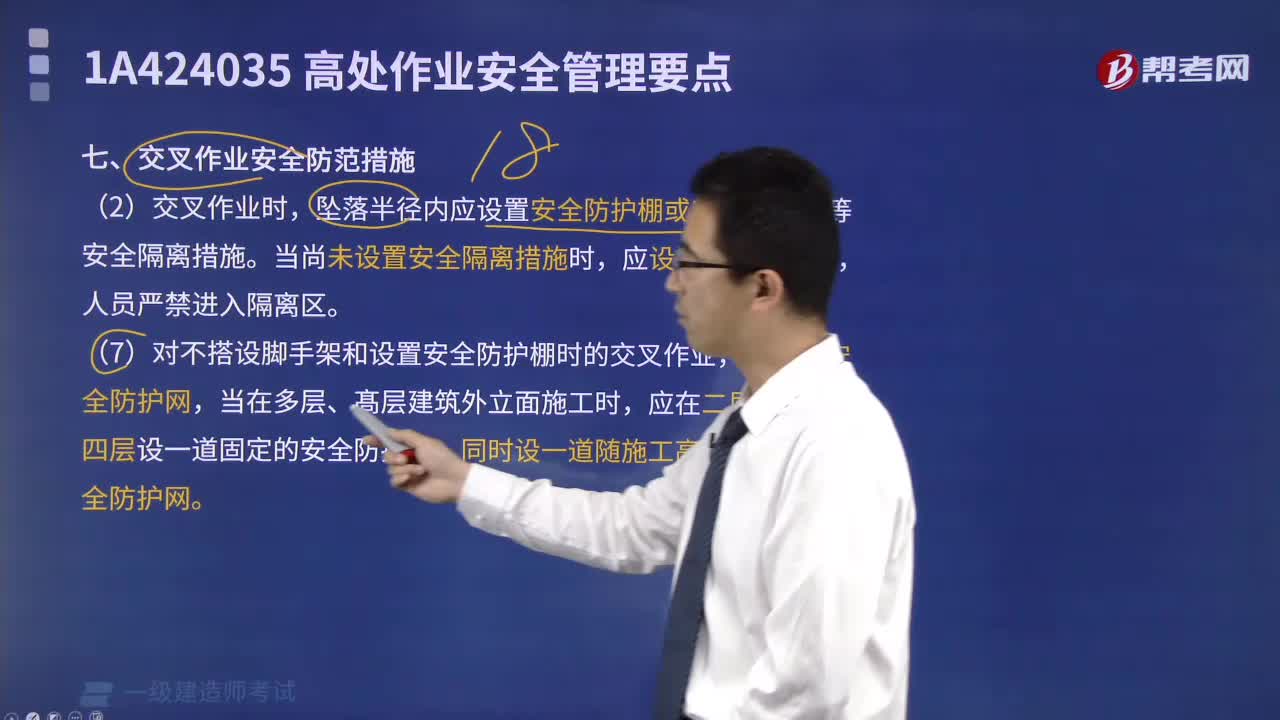 02:33
02:332022-04-08

微信扫码关注公众号
获取更多考试热门资料